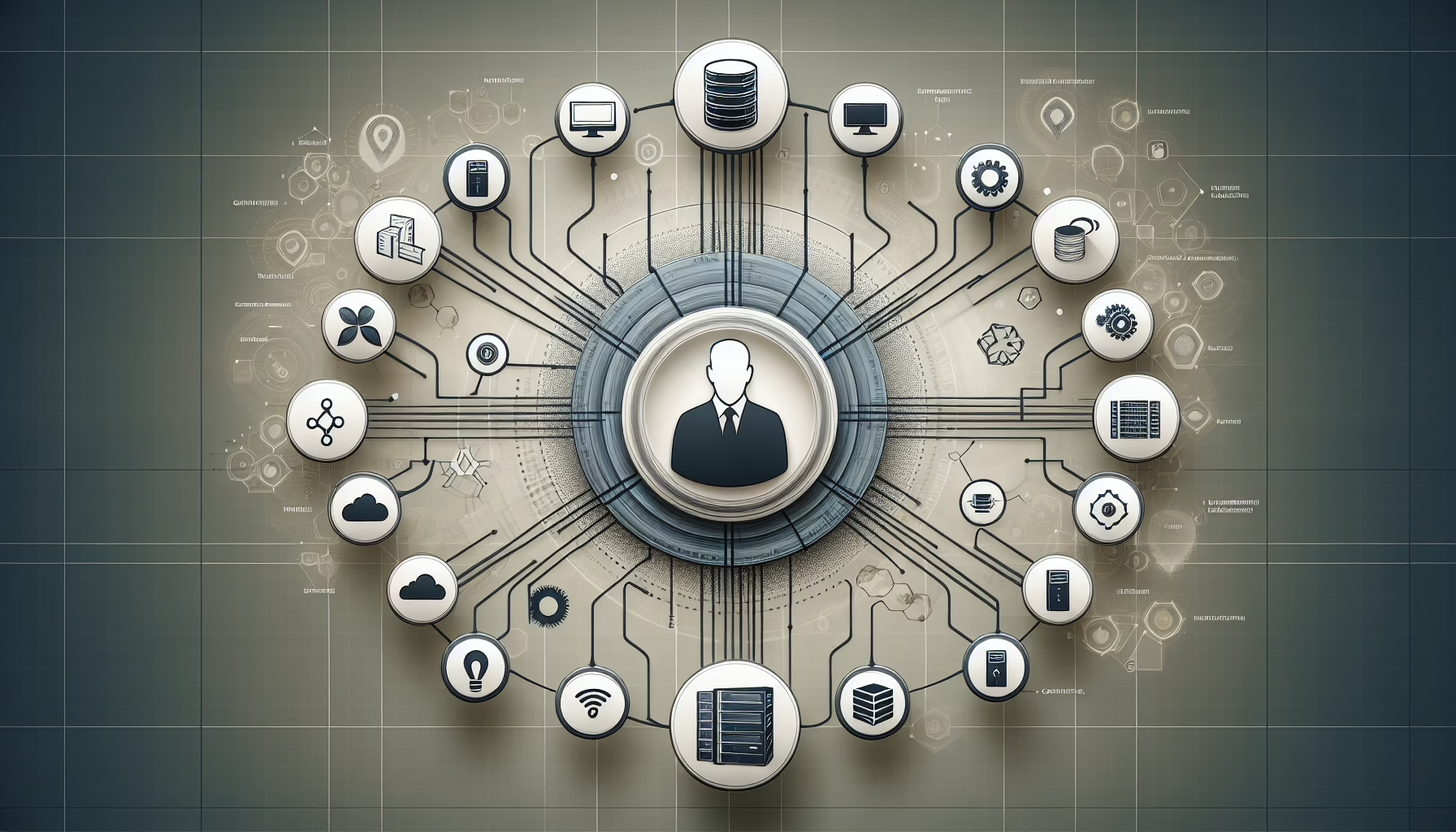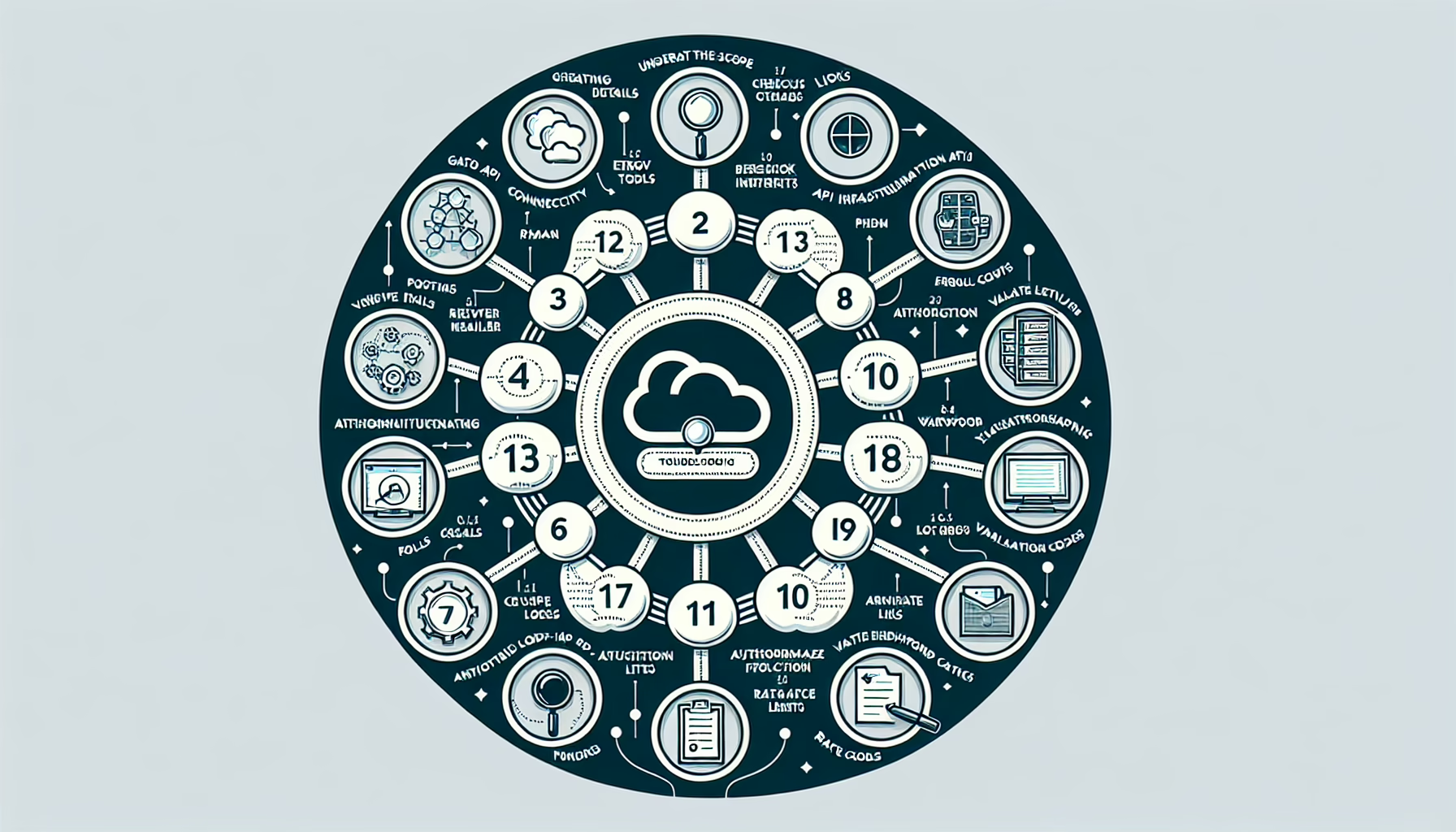How do I configure IT infrastructure for high-throughput computing?
Configuring IT infrastructure for high-throughput computing (HTC) involves designing a system capable of processing large volumes of tasks or workloads efficiently, often with parallel computing techniques. Below are key steps and considerations for building HTC infrastructure: 1. Define Requirements Workload Analysis: Understand the type of applications you’ll run (e.g., simulations, batch processing, machine learning). Performance […]

